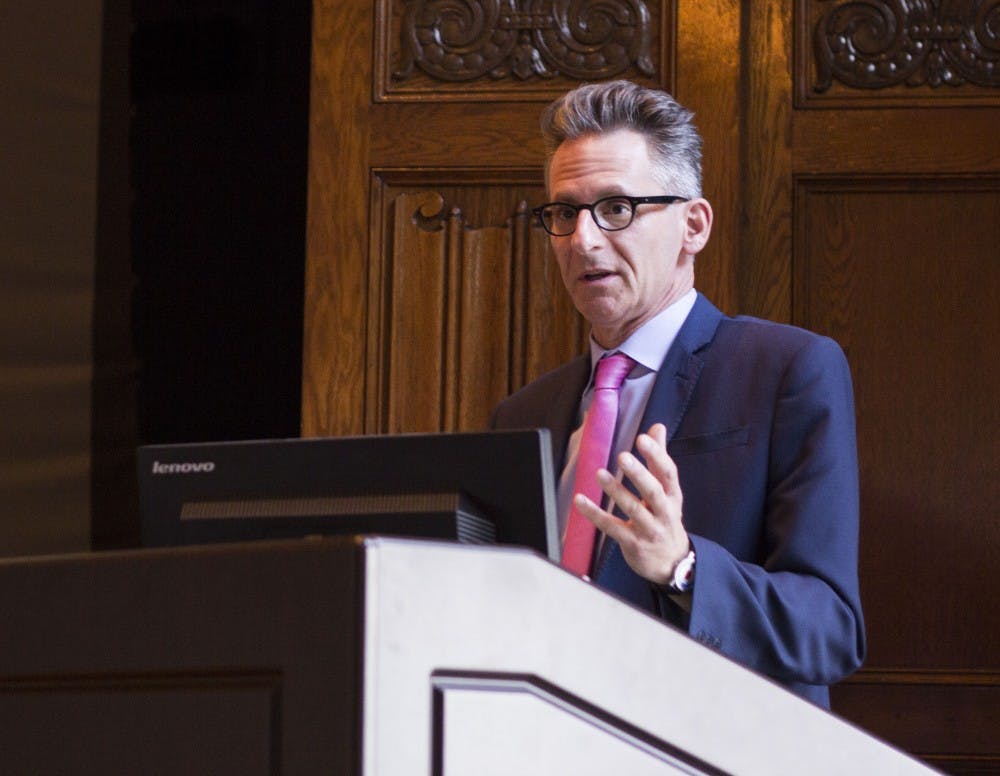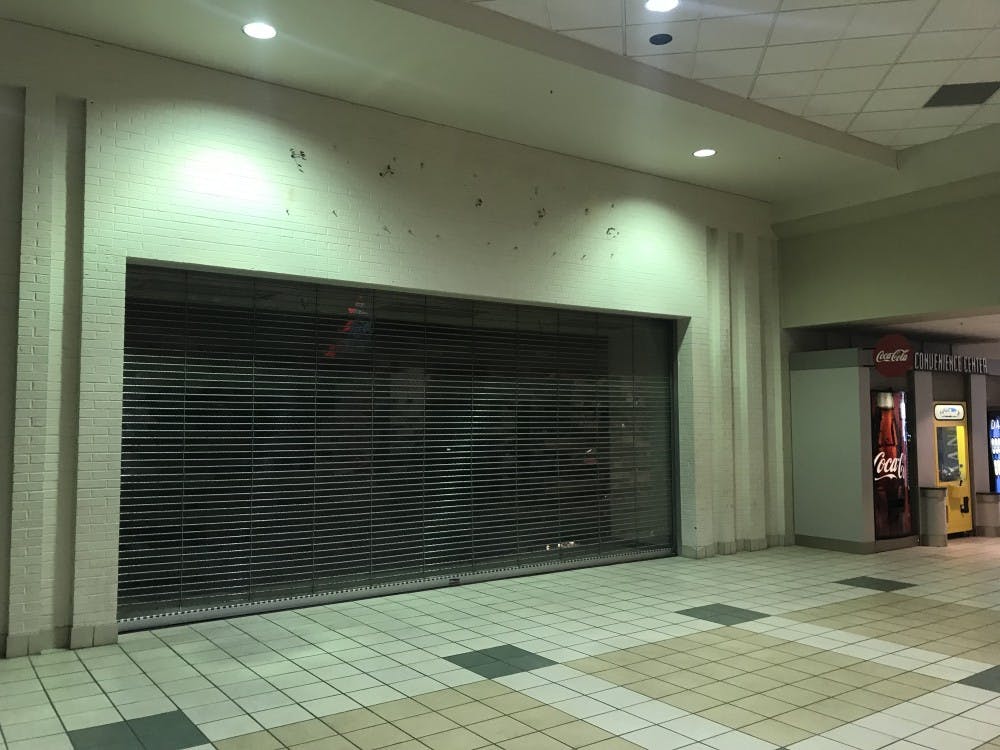“As long as you’ve registered to bid, as long as we have your information and know you are credit-worthy … anybody from a prince to a pauper can go to an auction on the day and buy,” said Weiss.
Weiss, an auctioning and antiques expert who appears on "Antiques Roadshow," came to the Ball State Fine Arts building on Oct. 15 to speak at this year’s Edmund F. Petty Memorial lecture.
In addition to working on "Antiques Roadshow" as an appraiser, Weiss heads the European Art and Old Masters Department at Freeman’s Auctioneers and Appraisers, where he is also senior vice president.
Freeman’s is America’s oldest auction house.
Auctions are a more “democratic” way of purchasing art, compared to buying a piece of art from a dealer or gallery, Weiss said.
There are two types of auctions: a Dutch auction, which starts the bidding at a high price and lowers it until someone bids, and the more popular English auction, where the starting bid is low, and works its way up.
There are also auction catalogues, said Weiss, in which auction goers can see the items they’ll be able to bid on, and the estimated price of each item.
When it comes to determining whether an item is valuable or not, Weiss has some advice based on his years of experience.
“One of the main foundations of what [appraisers] do is hoping to establish … whether something is genuine,” Weiss said.
If something isn’t authentic, appraisers will say it isn’t “right.”
There are many ways to tell if a piece of art is authentic, from things like visual inspection, historical documentation, a signature from the artist, confirmation by the artist or a family member or even scientific analyses like carbon dating.
Alyssa Birch, a first-year graduate student, attended the lecture.
“I usually attend any event where a well-known artist is giving a lecture," Birch said. "I think the museum is a great place to house it, there’s a really nice atmosphere.”





